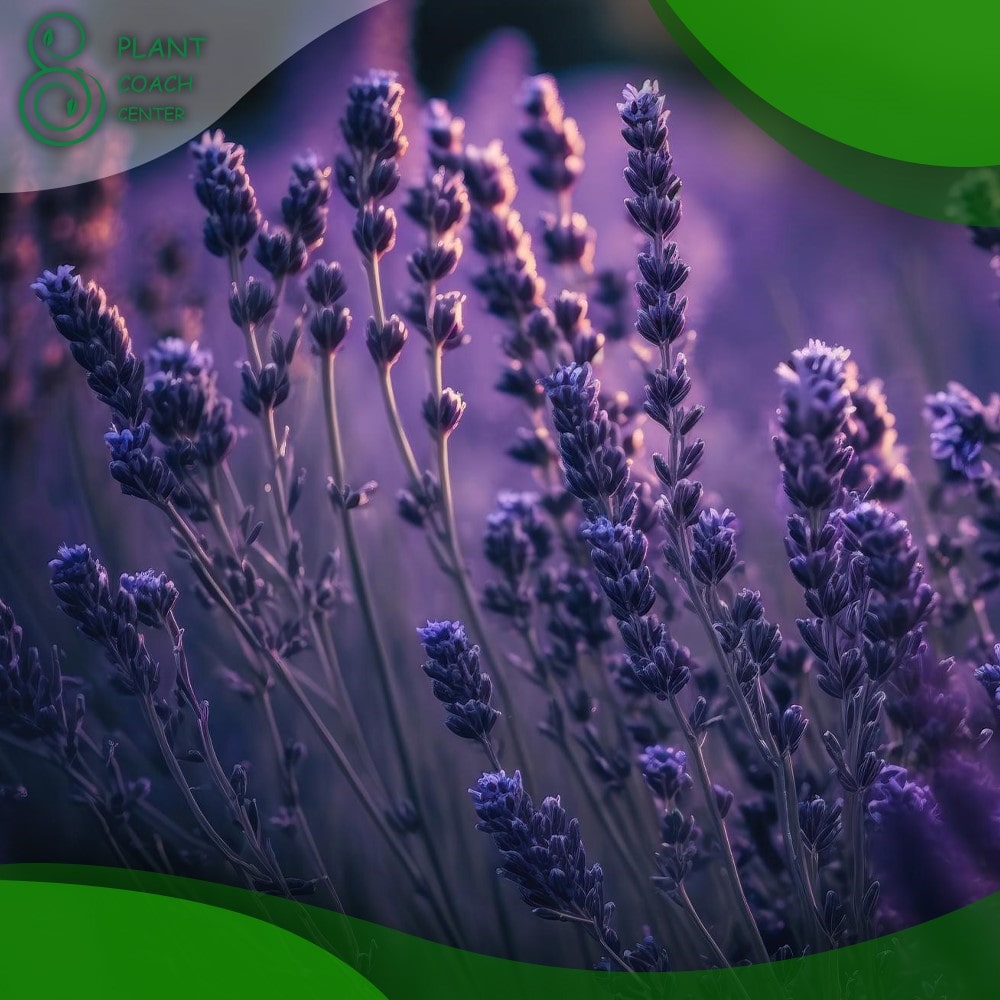When Should You Cut Back Lavender
When it comes to maintaining the health and vigor of your lavender plants, pruning or cutting back is a vital aspect of care. Pruning not only helps to keep your lavender looking its most beautiful but also contributes to a healthier and more productive lifespan.
This article, brought to you by plantcoachcenter.com, aims to provide you with a comprehensive guide to understanding when and how to cut back your lavender plants to ensure they thrive year after year.
Understanding Lavender
The Life Cycle of Lavender
Lavender is a perennial bushy shrub with delicate purple flowers and a delightful aroma. Understanding the life cycle of lavender is crucial to knowing when to prune it. Lavender typically blooms from mid to late summer, and once the flowering has ceased, the plant begins to prepare for the colder months. It is during this transition period that pruning should occur to promote the next year’s growth.
Types of Lavender
There are many species of lavender, but the most common are English lavender (Lavandula angustifolia), French lavender (Lavandula stoechas), and Lavandin (Lavandula x intermedia). Each type has its unique characteristics and care requirements. Understanding your specific lavender type will help you determine the best time to prune.
Why Should You Cut Back Lavender?
Encouraging New Growth
Pruning lavender stimulates new growth, ensuring that your plants remain vigorous and vibrant. By removing spent flowers and old wood, you allow the plant to focus its energy on producing new shoots.
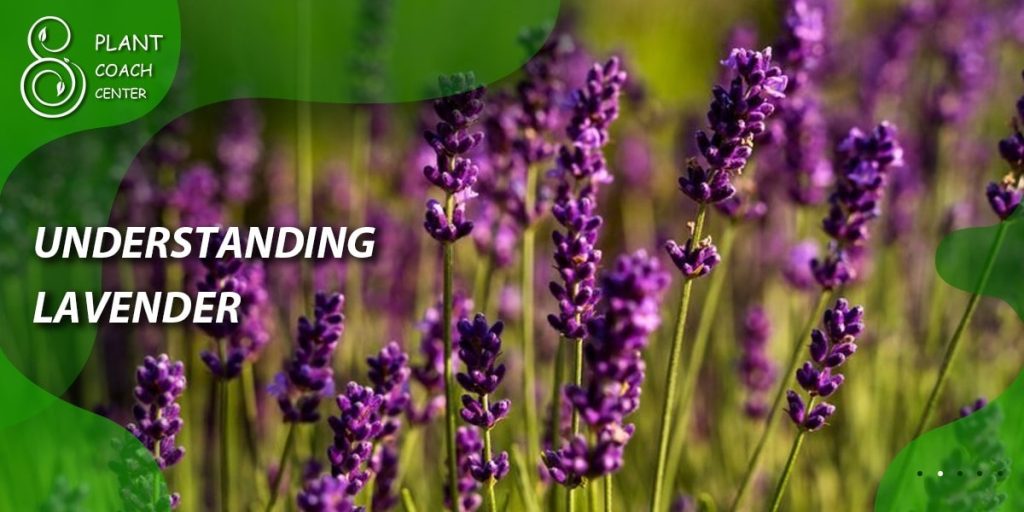
Preventing Woody Stems
Without regular pruning, lavender can become woody, with the majority of foliage and flowers developing only at the ends of long, bare stems. This results in a less attractive and less productive plant. Regular light pruning can help prevent this woody growth.
Enhancing Plant Health
Pruning also improves the overall health of your lavender plant. By removing dead or dying parts of the plant, you reduce the chance of disease spreading and allow for better air circulation, which can prevent fungal diseases.
When Should You Cut Back Lavender
The Best Time of Year
The best time to cut back lavender is typically in late summer or early fall, after the plant has finished blooming. This allows the lavender enough time to generate new growth before it enters dormancy in the winter.
Signs Your Lavender Needs Pruning
While the time of year is a significant factor, there are other signs that your lavender may need pruning. These include dead or dying flowers, woody stems, and reduced vigor or flowering.
How to Cut Back Lavender
Tools Needed
For pruning lavender, you will need a pair of sharp, clean pruning shears or secateurs. Larger plants may require a pruning saw.
Step-by-Step Process
When pruning, cut back the flower stems and about a third of the gray-leaved stems. Make sure to leave some foliage on the plant to allow it to carry out photosynthesis.
Post-Pruning Plant Care
After pruning, care for your lavender by watering it sparingly and ensuring it gets plenty of sunlight. Lavender is a drought-tolerant plant and prefers well-drained soil.
Common Mistakes to Avoid When Cutting Back Lavender
Over-pruning
While pruning is beneficial, over-pruning can harm your lavender. Never cut back into the woody part of the plant, as this can cause stress and potentially kill the plant.
Incorrect Timing
Pruning too early or too late can damage your lavender. Early pruning can lead to frost damage, while late pruning can lead to a lack of new growth.
Inadequate Aftercare
After pruning, your lavender will need some care to help it recover. Failing to provide adequate water and sunlight can weaken the plant.
Dealing with Lavender Problems
Disease and Pest Management
Lavender can be affected by various pests and diseases, including whiteflies, aphids, and root rot. Regularly inspect your plants and treat any issues promptly to maintain the health of your lavender.
Nutrient Deficiencies
Like all plants, lavender needs specific nutrients to thrive. A lack of these nutrients can lead to poor growth and reduced flowering. Regularly test your soil and amend as needed to ensure your lavender gets the nutrients it needs.
Unfavorable Growing Conditions
Lavender thrives in full sunlight and well-drained soil. If your lavender is struggling, consider whether it may be due to unfavorable growing conditions.
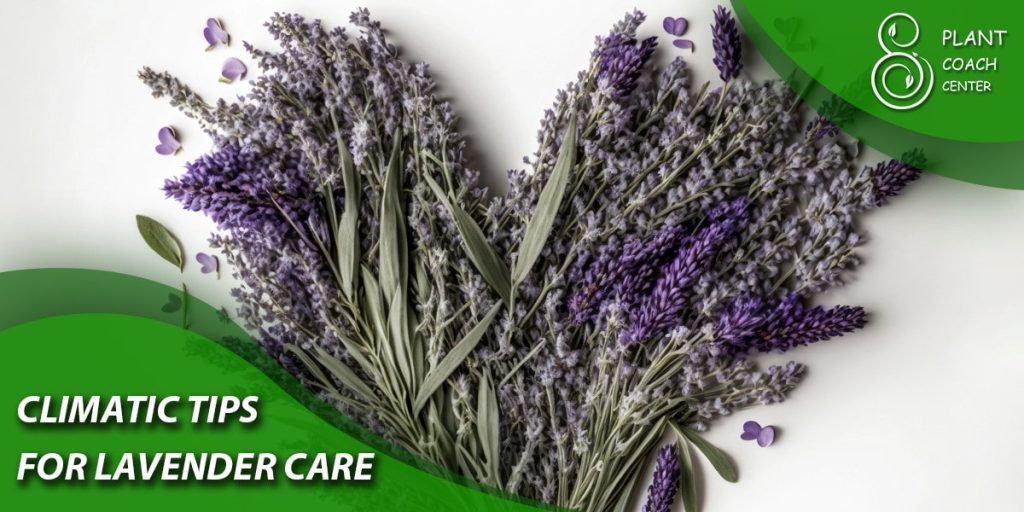
Climatic Tips for Lavender Care
The growing conditions for lavender can vary based on the specific climate. Here are some general tips:
Mediterranean or Warm Climates
Lavender originally hails from the Mediterranean region, so it thrives in climates with hot, dry summers and mild winters.
Watering: In these areas, lavender usually requires less watering. Overwatering can lead to root rot, so it’s best to allow the soil to dry out between watering sessions.
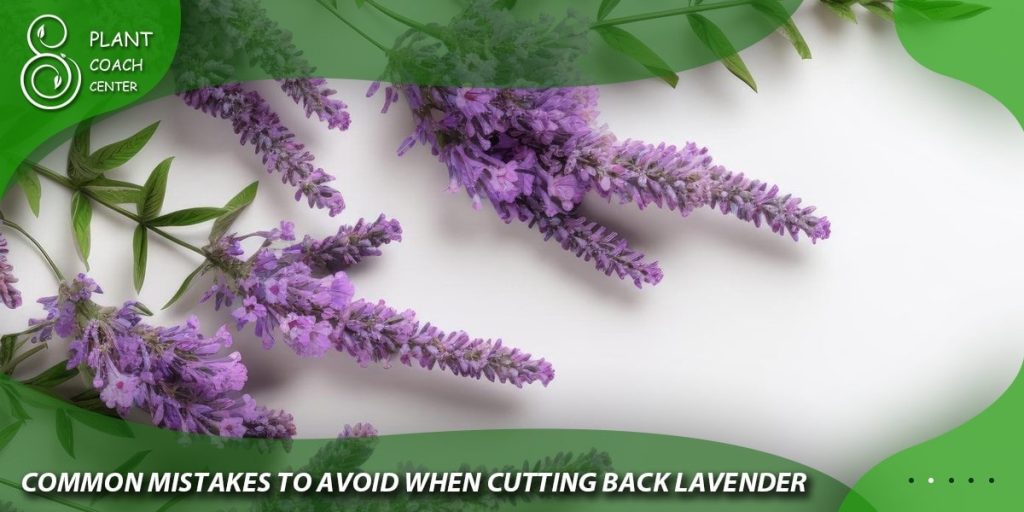
Sunlight: Lavender loves sunlight, so ensure your plants get at least 6-8 hours of full sun each day.
Soil: Lavender prefers well-draining soil. Consider adding sand or small pebbles to the soil to improve its drainage.
Cooler or Temperate Climates
While lavender is less suited to cooler climates, it can still be grown successfully with a bit of extra care.
Winter Care: Lavender plants can struggle with frost and freezing temperatures. Consider growing your lavender in pots that can be moved indoors during the winter or use mulch to protect the plants from frost.
Sunlight: Even in cooler climates, lavender requires plenty of sunlight. Choose a south-facing location where the plant can get the most sun.
Soil: In cooler, wetter climates, it’s even more important to ensure your lavender is planted in well-draining soil to prevent waterlogging and root rot.
Remember, the specific variety of lavender you’re growing can also influence how well it adapts to your climate. English lavender (Lavandula angustifolia) is known to be more cold-tolerant, while French lavender (Lavandula stoechas) prefers warmer conditions.
Surviving Lavender Care across Climates
To ensure lavender survival in various climates, consider these key points: In Mediterranean or warm climates, lavender needs less watering, full sun, and well-draining soil. In cooler climates, protect lavender from frost by growing it in pots that can be moved indoors or using mulch as insulation.
Regardless of climate, ensure your lavender gets at least 6-8 hours of sunlight daily and is planted in well-draining soil to prevent root rot. Finally, choose the lavender variety carefully. English lavender is more cold-tolerant, while French lavender prefers warmer conditions. Tailor your care to your climate for the best results.
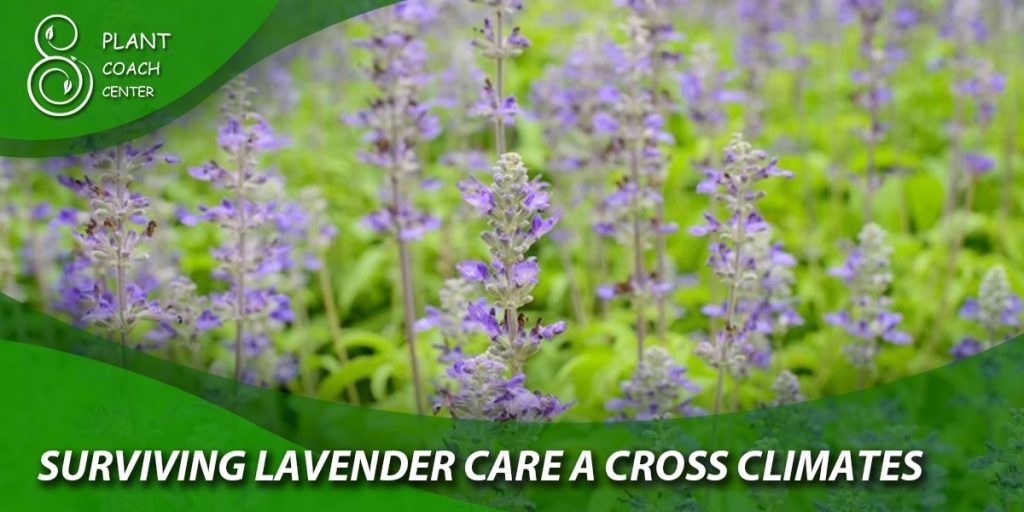
Conclusion
Cutting back lavender is an essential gardening practice that keeps your plants healthy, vibrant, and blooming year after year. By understanding the life cycle of lavender, recognizing the signs that pruning is needed, and using the correct techniques, you can ensure your lavender plants will continue to provide beauty and fragrance to your garden. As always, if you need more advice or support, don’t hesitate to visit plantcoachcenter.com.
When is the best time to cut back lavender?
The best time to cut back lavender is in late summer or early fall, after the plant has finished blooming.
What happens if you cut back lavender too late?
If you cut back lavender too late in the season, it may not have sufficient time to produce new growth, which could negatively impact its health and flowering potential in the following year.
What tools are best for pruning lavender?
Sharp, clean pruning shears or secateurs are the best tools for cutting back lavender. Larger plants may require a pruning saw.
How do you revive a lavender plant that has become woody?
Woody lavender can be rejuvenated over time by cutting back one-third of the older, woody stems each year, allowing new growth to replace them.
What are the common diseases that affect lavender plants?
Lavender plants can be affected by diseases like root rot, leaf spot, and botrytis blight. These can be prevented and managed with proper plant care and maintenance.
How often should I water my lavender after pruning?
Lavender prefers dry conditions, so it's best to water sparingly after pruning. Allow the soil to dry out between watering sessions.


